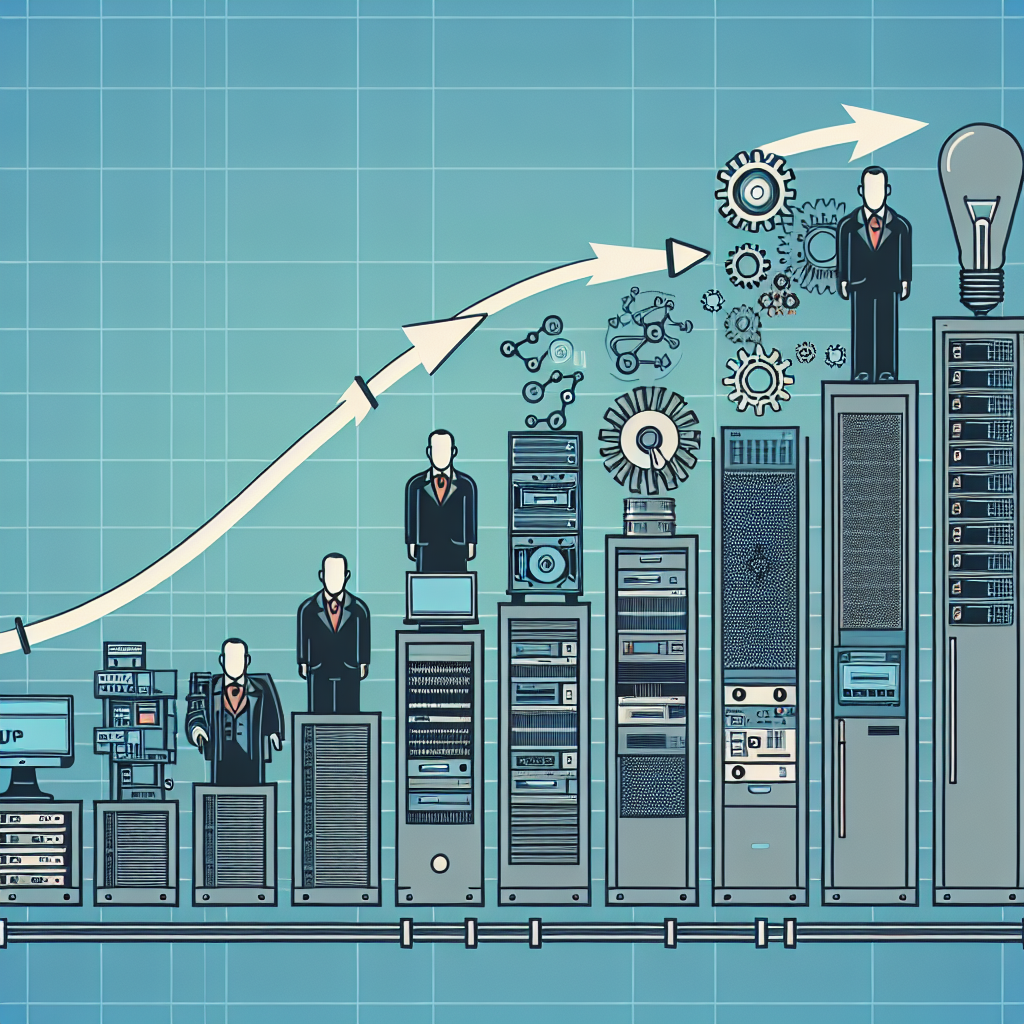Data centers are the backbone of the digital age, serving as the nerve center for storing, processing, and distributing data for businesses around the world. To ensure uninterrupted operations, data centers rely on uninterruptible power supply (UPS) systems to provide backup power in the event of a utility power failure.
Over the years, UPS technology has evolved significantly to meet the increasing demands of data centers. From traditional lead-acid batteries to the latest advancements in lithium-ion technology, UPS systems have undergone a transformation to improve efficiency, reliability, and scalability.
One of the key trends in UPS technology is the shift towards modular UPS systems. Unlike traditional standalone UPS units, modular UPS systems are designed to be scalable, allowing data center operators to easily add or remove power modules based on their changing power requirements. This modular approach not only improves flexibility and efficiency but also simplifies maintenance and upgrades.
Another major innovation in UPS technology is the adoption of lithium-ion batteries. Compared to traditional lead-acid batteries, lithium-ion batteries offer a higher energy density, longer lifespan, and faster recharge times. These benefits make lithium-ion UPS systems ideal for data centers that require high-performance backup power solutions.
In addition to modular and lithium-ion UPS systems, data center operators are also exploring new approaches to improve UPS efficiency and sustainability. For example, some UPS manufacturers are incorporating energy storage systems and renewable energy sources, such as solar panels and wind turbines, to reduce carbon emissions and operating costs.
Furthermore, advancements in monitoring and management software have enabled data center operators to gain greater visibility and control over their UPS systems. Real-time monitoring, predictive analytics, and remote management capabilities allow operators to proactively identify and address potential issues before they escalate, minimizing downtime and maximizing uptime.
Looking ahead, the evolution of UPS technology is expected to continue as data centers strive to meet the growing demands of digital transformation. Innovations such as artificial intelligence, edge computing, and 5G connectivity will drive the need for more robust, efficient, and flexible UPS solutions to support the evolving data center landscape.
In conclusion, the evolution of data center UPS technology is driven by the need for reliability, efficiency, and scalability in today’s digital world. By embracing trends and innovations in UPS technology, data center operators can ensure uninterrupted operations and deliver superior performance to meet the demands of the digital economy.


Leave a Reply